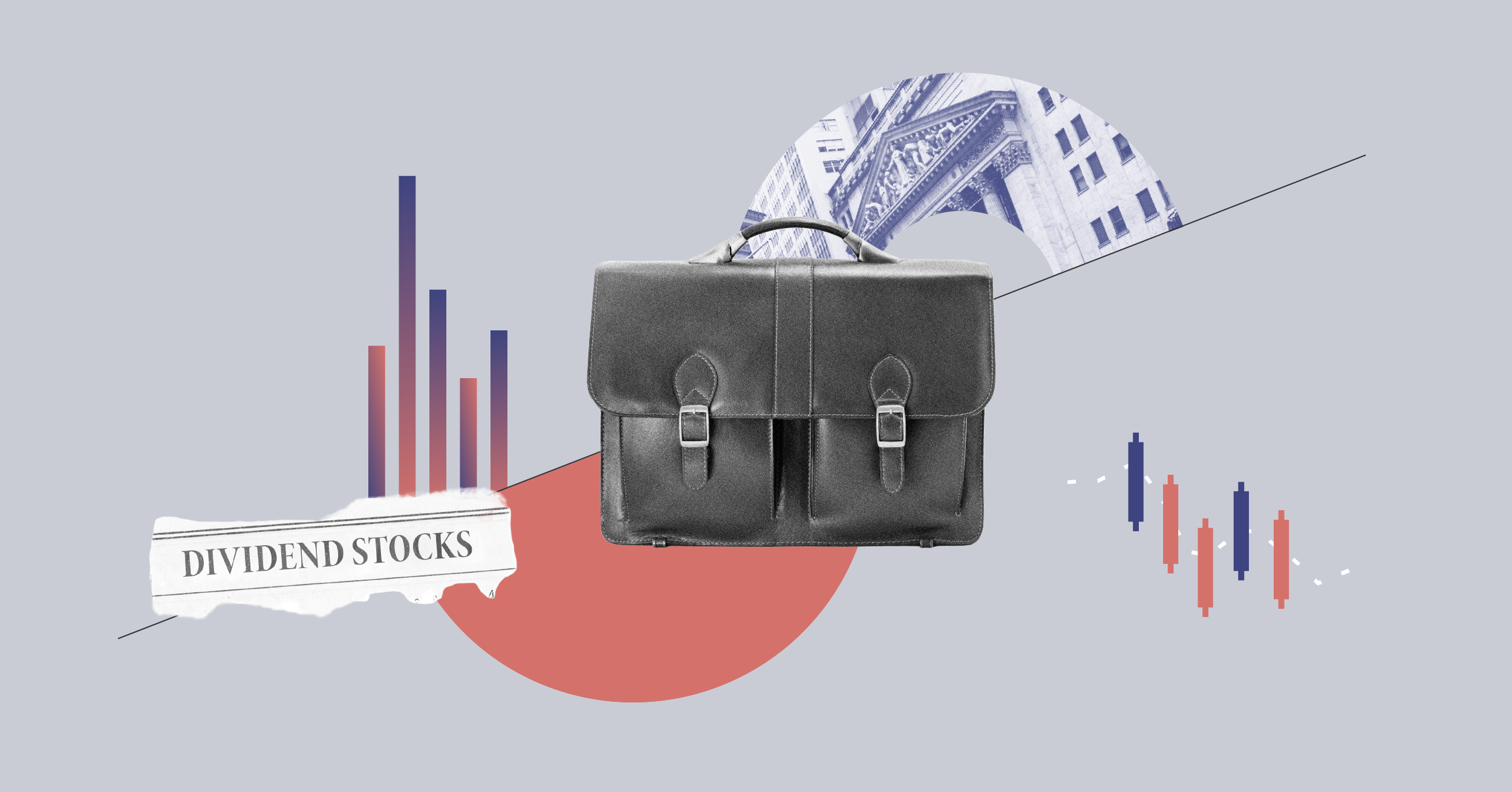From time to time, Morningstar publishes articles from third party contributors under our "Perspectives" banner. Here, Keith Wade, Schroders' Chief Economist and Strategist, investigates the changing role of emerging markets--from deflation to inflation--and questions whether investing in Central and Eastern Europe could be about to come back into vogue. If you are interested in Morningstar featuring your content, please provide your details and/or submit your article here.
The Changing Role of Emerging Markets: From Deflation to Inflation
In the decade before the financial crisis, the world economy enjoyed a period of steady growth and low inflation which is often referred to as the Great Moderation. Several factors helped create this outcome such as the greater independence of central banks and what at the time was seen as better policy making. An important element was the increased role of the emerging economies led by the BRIC countries of Brazil, Russia, India and China.
These economies helped to shift the global supply curve to the right, effectively increasing the supply of goods to the world economy through a series of export orientated policies. China, the largest of the group and now officially the world’s second largest economy, led the way increasing its share of global exports from 2.6% in 1996 to 9.5% in 2010. Over the same period the emerging economies increased their share of exports by more than 12 percentage points to 38%.
From the perspective of the advanced economies and their central banks, this made it easier to control inflation, resulting in lower interest rates and stronger growth. For a period, the trade-off between growth and inflation improved.
Whether the combination of low interest rates and reduced economic volatility ultimately stoked the credit boom which led to the financial crisis is another story. What is clear, however, is that the role of the emerging markets is now changing. Having been seen as a deflationary force in the world economy helping to contain prices through increased supply, there are clear signs that the emerging economies are now adding to inflationary pressure as the effect of their increased demand is increasingly felt.
The area where this can be seen most clearly is in commodity markets where the emerging economies have become the main drivers of prices. For example, in the energy market the non-OECD economies (mostly the emerging markets) now account for more consumption than their OECD counterparts. So even though OECD energy demand has fallen back to its 1998 level, oil demand is firm and prices trade at around $100 per barrel, rather than the $20-$30 per barrel seen in past downturns.
It is a similar story in other commodities such as metals with, for example, the emerging market share of copper demand rising from 45% of the global total to 70% today. Copper has just hit a record high of $10,000 per ton. Furthermore, this is not a temporary phenomenon as the emerging economies still have some way to travel in terms of higher consumption as their incomes rise. China is still some way behind economies like Korea and Taiwan which have followed a similar growth path.
A New Dynamic for the World Economy
So despite the greatest recession in the post war era, commodity prices have come back strongly as demand from the emerging economies has accelerated.
For the OECD, such a development removes an important stabiliser for economic activity. Previously, commodity price weakness provided an important offset to economic weakness as lower commodity costs gave the OECD a terms of trade gain, in effect acting like a tax cut to consumers as lower food and energy prices left households with more to spend on other items. Today, the effect has been reduced as strength outside the OECD has supported commodities.
Commodity prices are driven by several factors, but comparing this stage of the cycle with past recoveries we can see that prices are performing more strongly than after the major OECD recessions of the mid 1970s, the early 1980s and 1990s
If we look at the share of spending absorbed by higher energy costs in the US, still the world’s largest consumer of oil, we can see this is now rising again and is currently around 5.5% of disposable income. The level is still below the 6% reached during the oil price spike of 2008, but represents a headwind to the consumer especially when combined with higher food prices. Evidence of the structural increase in commodity costs is apparent in the increase in the 10-year moving average of energy consumption as a share of disposable income.
Careful What You Wish For
Although commodity price dynamics are not as favourable as before, we would not conclude that the OECD economies are worse off as a result of the emergence of the BRIC economies. The offsetting factor today is the increased demand that these economies create for products from the OECD. Rather than consumers receiving a boost from weaker commodity prices, it is the export sector which stands to benefit.
Demand-led commodity price increases do offer that opportunity, but it is only an opportunity and it brings in the issue of trade policy and global rebalancing. It is an aim of the G-20 group to reduce the large gap between the US trade deficit and the emerging market surpluses. As we have argued before, the key battleground will be the exchange rate and in our view there is strong evidence that many emerging market currencies are undervalued. Consequently, there is a widely held view that emerging market currencies need to appreciate as part of the global rebalancing process.
Although emerging economies will not be in a hurry to revalue, we do believe there will be a gradual medium term appreciation of their currencies as a result of pressure from the US, EU and Japan and from within as a means of increasing domestic consumption as a share of national income. Such a move is likely to be welcomed as an essential part of rebalancing the world economy and spreading growth more evenly. However, the downside is that import prices will be higher in the economies thus pushing up inflation.
Evidence of this is already apparent in the US where the appreciation in the Chinese Renminbi (RMB) OECD has helped push up import prices.
Rising import prices have been a factor in the increase in UK inflation as can be seen from the increase in prices for a range of goods such as clothing and footwear, household appliances, communication equipment and computer equipment much of which is imported.
Clothing and footwear prices in the UK are now rising for the first time in more than 14 years. Going forward, the combination of rising currencies and increasing wages in the emerging economies mean that the deflation in import prices will be a thing of the past.
Pulling this together indicates that the deflationary impact of the emerging economies on the OECD will wane and be replaced by greater inflationary pressure. Higher commodity prices and stronger emerging market currencies will be the main channels for the transmission of higher prices.
The Challenge to Policymakers
Such an outcome would mean that inflation will become harder to control in the OECD countries, as domestically generated inflation will have to rise by less in order to hit the same inflation target. All things being equal, monetary policy will then have to be tighter and growth weaker as greater economic slack is needed to control wages and prices. Such a development would cause the growth-inflation trade-off to deteriorate, effectively reversing the more benign experience of the Great Moderation.
Central banks are likely to react in different ways to such an environment. The ECB are likely to fight the increase in inflation, whereas the US is likely to be more accommodative. Such a difference reflects the mandates of the two institutions with the ECB pursuing the sole target of inflation whilst the Federal Reserve has a dual mandate of both price stability and employment.
Judging from its recent behaviour, the Bank of England is likely to adopt a more Fed-style approach by accommodating the shock on the basis that they expect inflation to return to trend. Inflation in the UK rose 4% in January, above its target for the 14th consecutive month, and Bank Governor Mervyn King has indicated that he is prepared to extend the period over which inflation will return to target given the scale of the shock .
Despite officially targeting 2% inflation, there is a strong suspicion that the Bank of England is augmenting this with a growth target (akin to the Fed’s employment target), or combining the two into a nominal GDP target . King’s comment that he would have had to have driven the economy into recession to hit the 2% target indicates a priority on growth rather than inflation. Of course, as the Bank is now finding out, there are limits as to how far such a policy can be taken before credibility is lost.
The concern now is that if there is a growing belief that the Bank are prepared to tolerate higher inflation, expectations will rise and a wage price spiral will develop. Efforts to trade higher inflation for higher growth and employment will come to naught as the Bank’s stimulus is lost in inflation. In other words the Philips curve (which represents the relationship between inflation and unemployment) will turn vertical.
More generally, the prospect of deterioration in the performance of the OECD economies comes at a bad time given the large public debt burden. Pressure from politicians on central banks to err on the side of growth will be intense, creating another risk that we could see inflation move higher.
CEE: Back In Vogue?
Like shoes and bad hair cuts, trends come and go, and so it seems does interest in Central and Eastern European (CEE) economies. The region suffered a double whammy through the recession. Exporters were heavily hit by the collapse in global production, while household demand capitulated from the pressure of being over-leveraged, with un-hedged currency exposure. At least, this has been the perception of many investors over the past couple of years.
Though it would be wrong to tarnish every country in the region with the Baltic experience (which is what we have effectively described above), some of the larger countries are experiencing similar headwinds, albeit at a smaller scale. Meanwhile Russia, who did not escape the global downturn, has a different ailment – its addiction to oil revenues.
Time to Take Another Look
CEE markets have been hated by investors for some time now. The high dependence on global trade hit CEE harder than most other EM regions, while the close proximity to Europe hurt performance during the recovery, as the sovereign debt crisis unfolded. The dramatic underperformance of CEE since the start of the credit crunch in equity space has left a lingering sour taste. However, now that emerging Asia and Latin America seem to be struggling to temper inflation pressures, could we see a comeback in CEE relative performance?
From a valuations perspective, we certainly think so. The price to earnings (PE) ratio for the MSCI EM Europe index is currently just under one standard deviation below its historical average (since 2004). Meanwhile, the PE ratio for MSCI EM Asia is close to its historical average, while the same measure for MSCI EM Latin America is close to one standard deviation above its historical average.
The case for favouring CEE is building, but investors should be wary of the differences within the region before choosing to take positions in such regional equity indices. Particularly as such indices are dominated by the larger markets, such as Russia.
Diversity Within CEE
Most of the major economies in CEE experienced severe recessions through the global downturn. However, the different fundamentals within the region have led to very different outcomes today. This chart shows the falls in the levels of GDP from their previous peaks for Poland, the Czech Republic, Hungary, and Russia – illustrating the stark difference between these four countries.
For example, Poland only experienced a single quarter of negative GDP growth, and the latest data shows that GDP has risen by 5.7% since that previous peak. By contrast, Russia experienced a 10.8% fall in output during its recession, but remains 4% short of its previous GDP peak.
The composition of GDP growth has played a large role in determining the path of recovery for these countries. In the same way that Germany has benefited from the depreciation of the Euro and the resurgence of capital expenditure in Asia and the US, CEE are enjoying the pick up in demand from Germany and the rest of Northern Europe, helping lift exports and manufacturing activity. This highlights the importance of Eurozone growth for the region. The success of the car scrappage scheme in Germany and France provided an enormous boost for countries like the Czech Republic and Poland – two beneficiaries of the drive to lower production costs in Northern Europe through outsourcing.
We now move on to explore the state of the big four CEE economies, and consider their individual outlooks--read on in Central and Eastern Europe Back In Vogue?
Disclaimer: All views expressed in this third party article are those of the author(s) alone and not necessarily those of Morningstar. Morningstar is not responsible for the comments nor will it be liable in any way for any information provided by the author.























